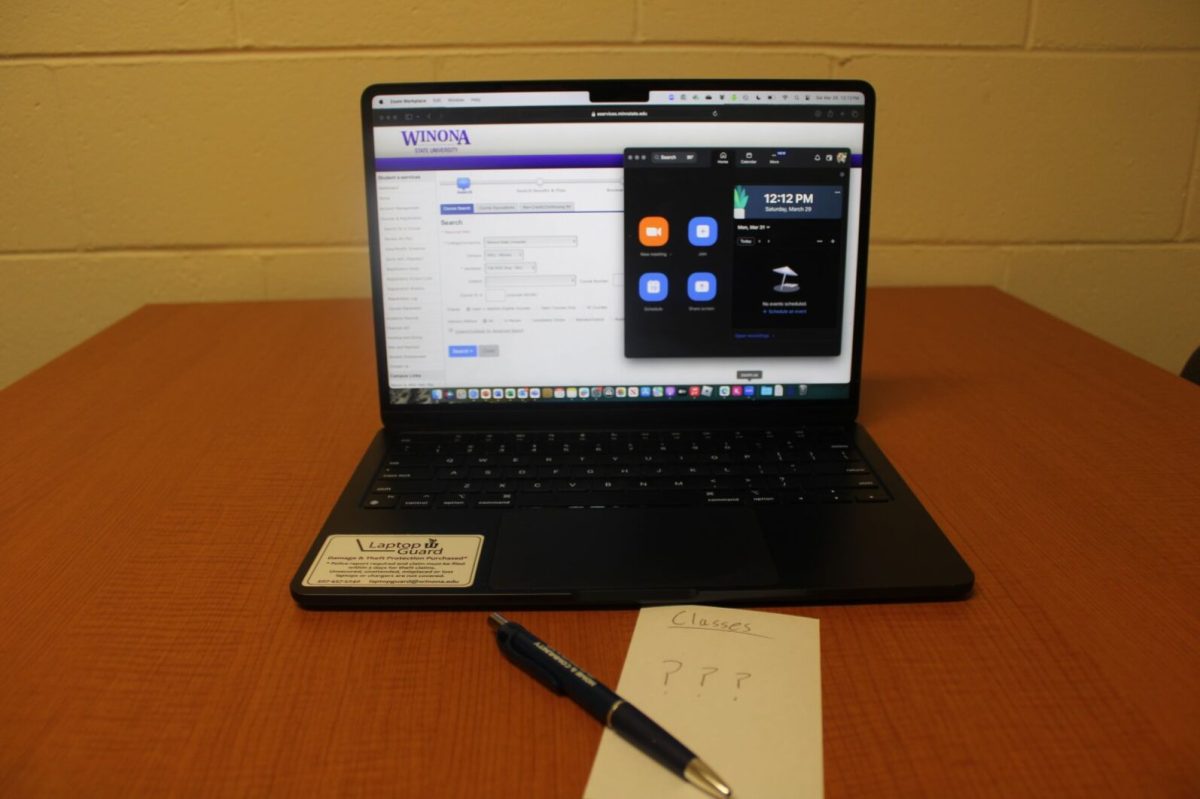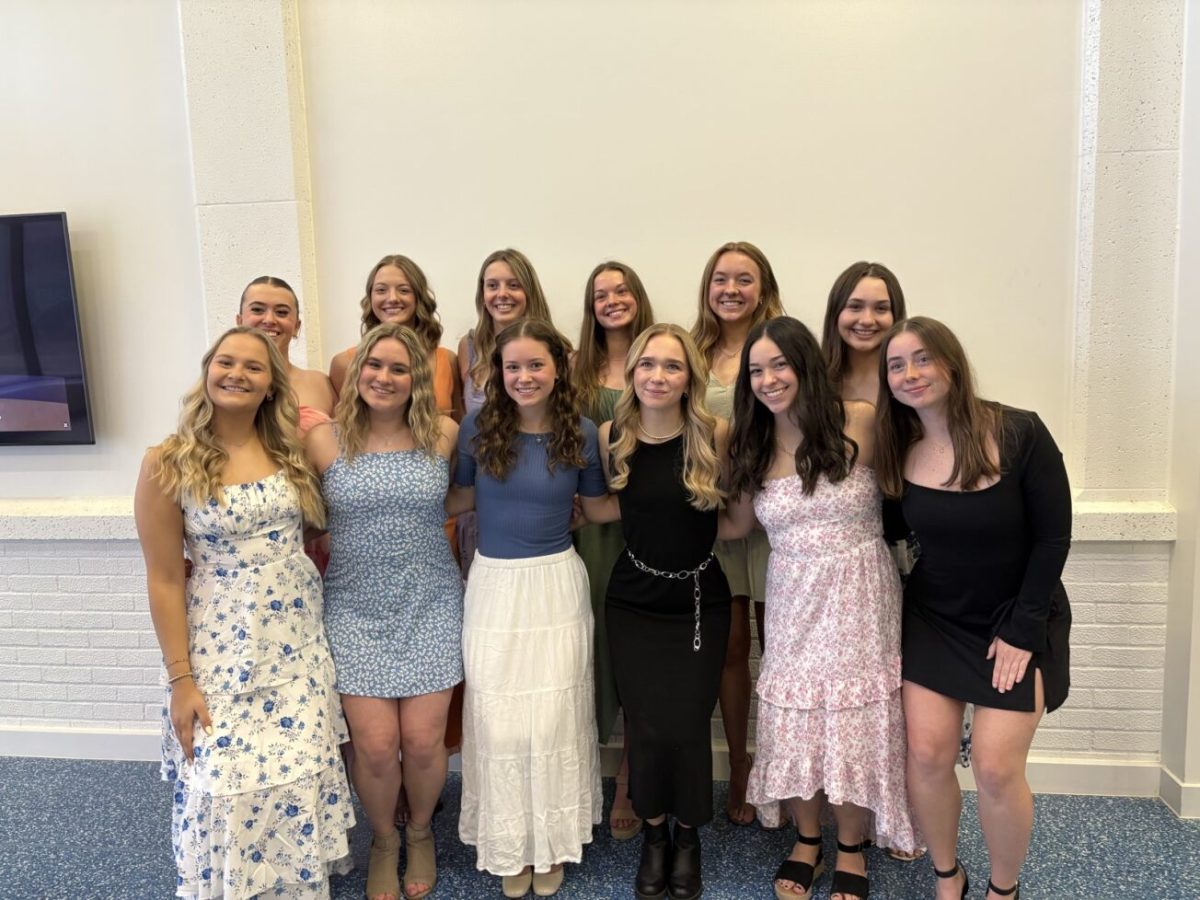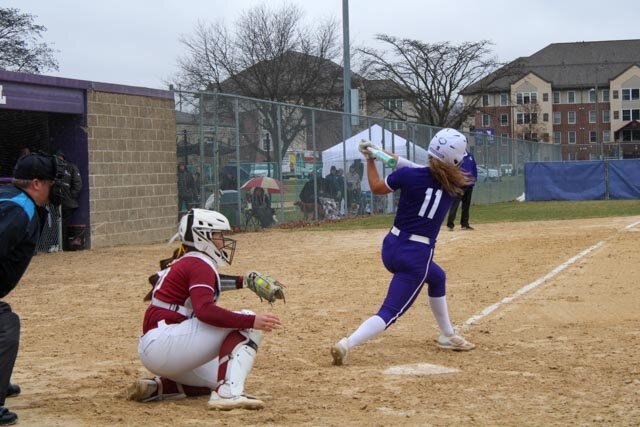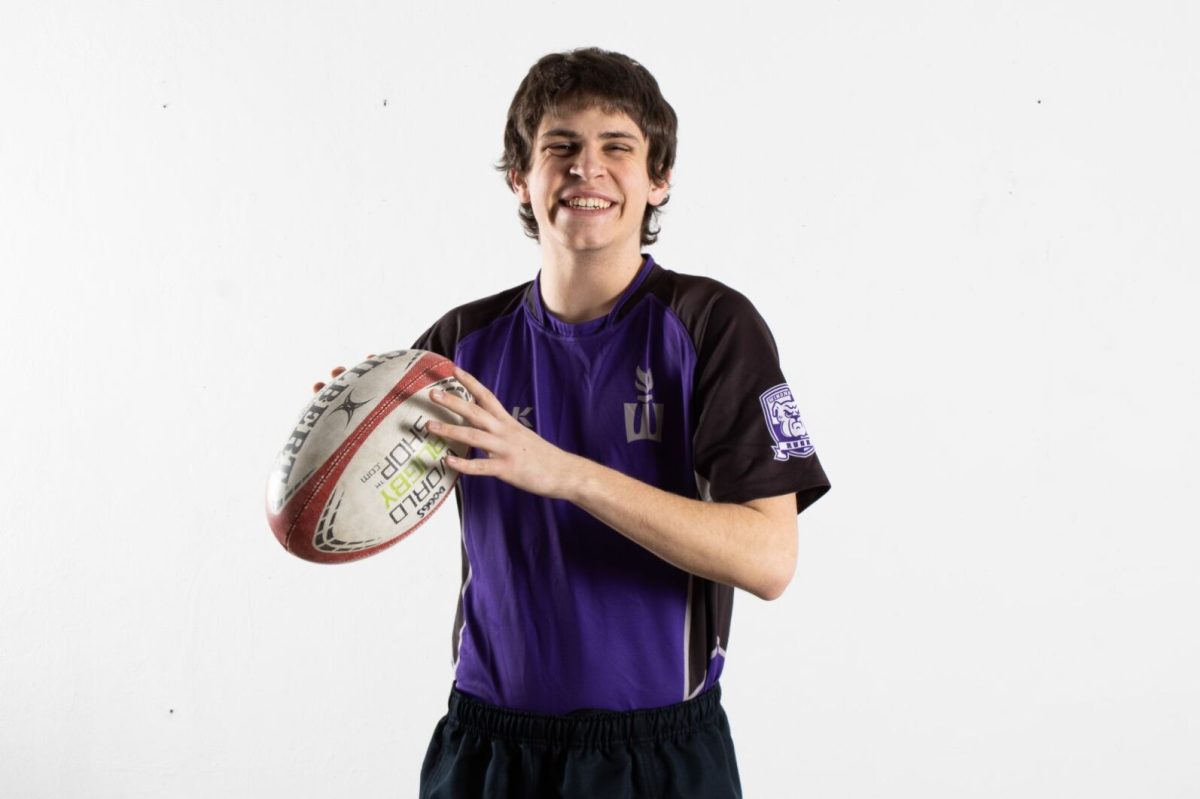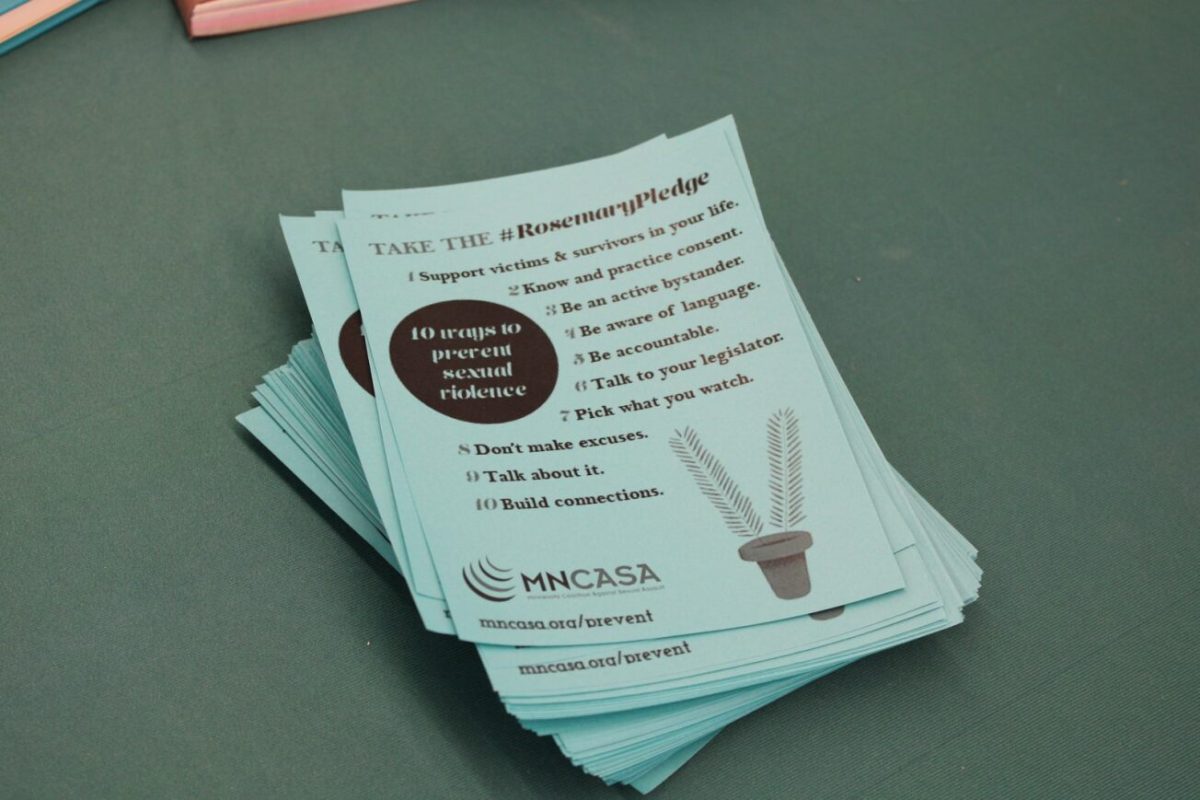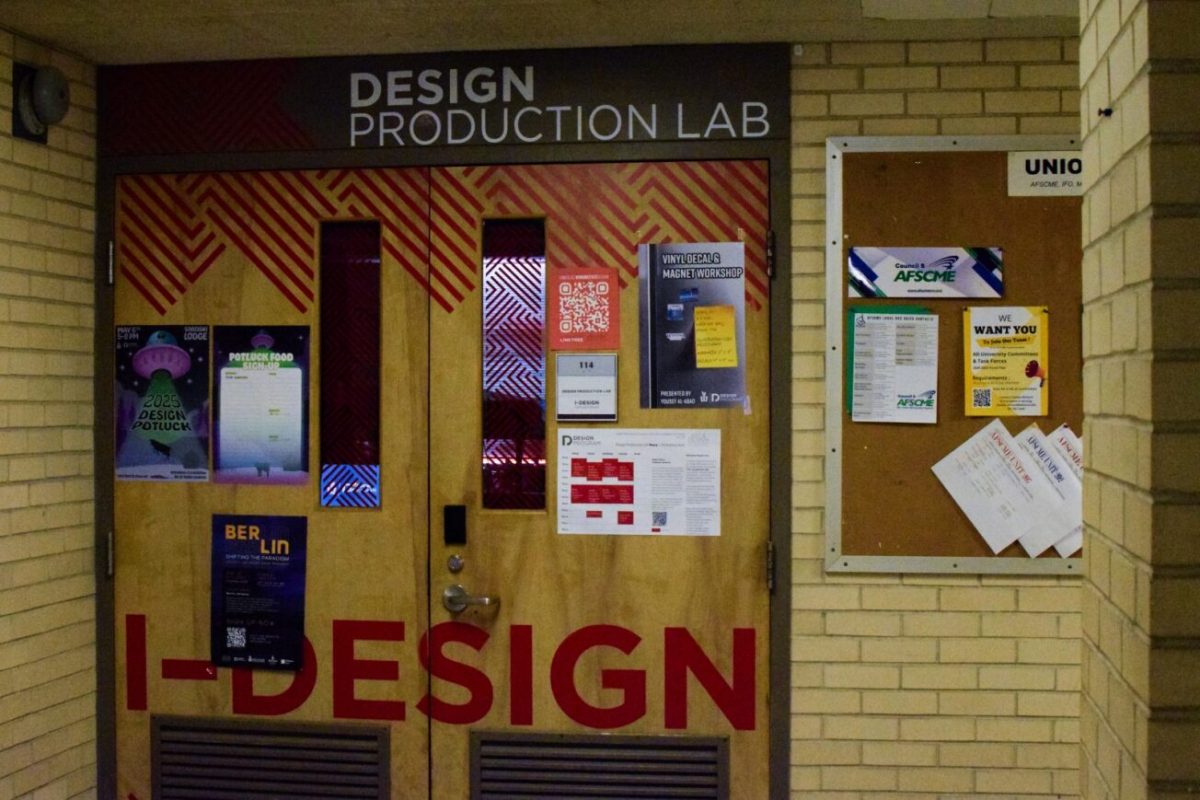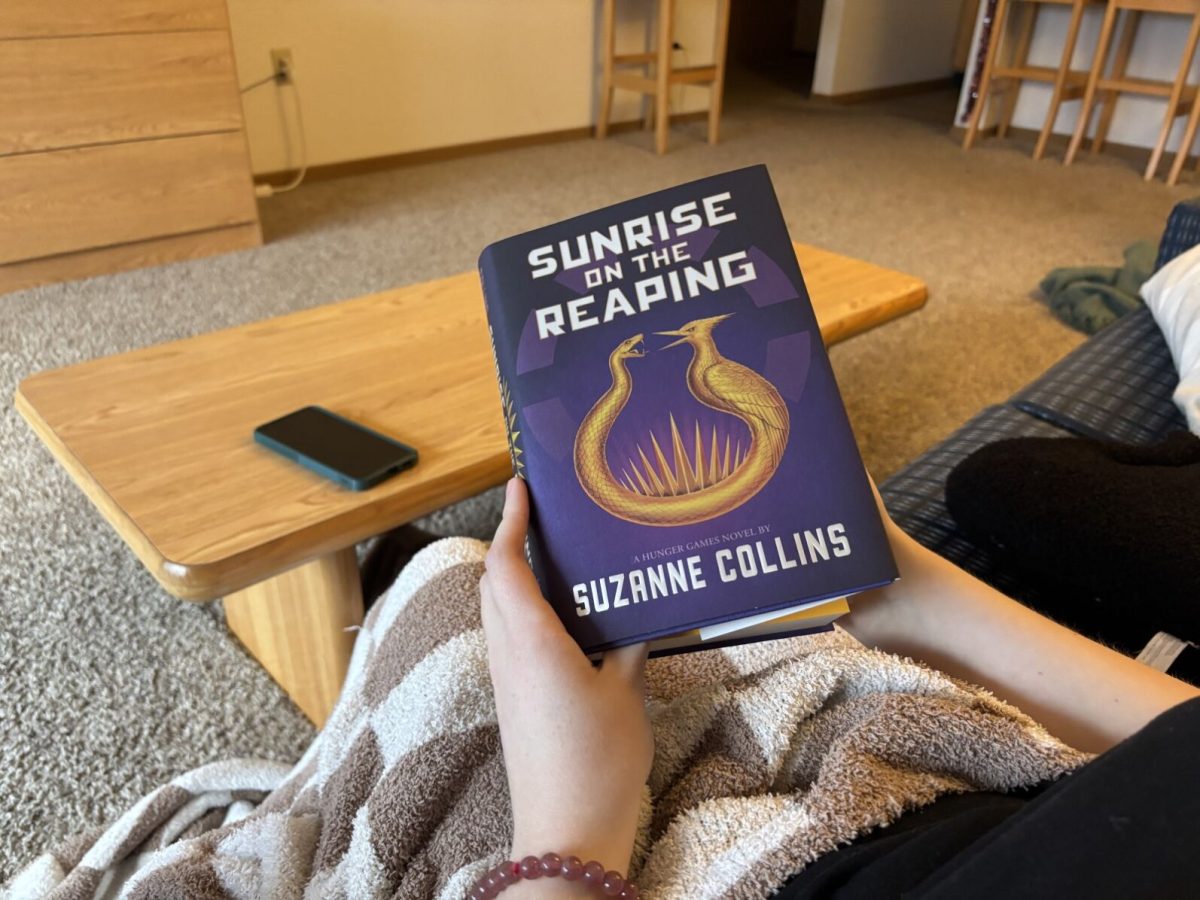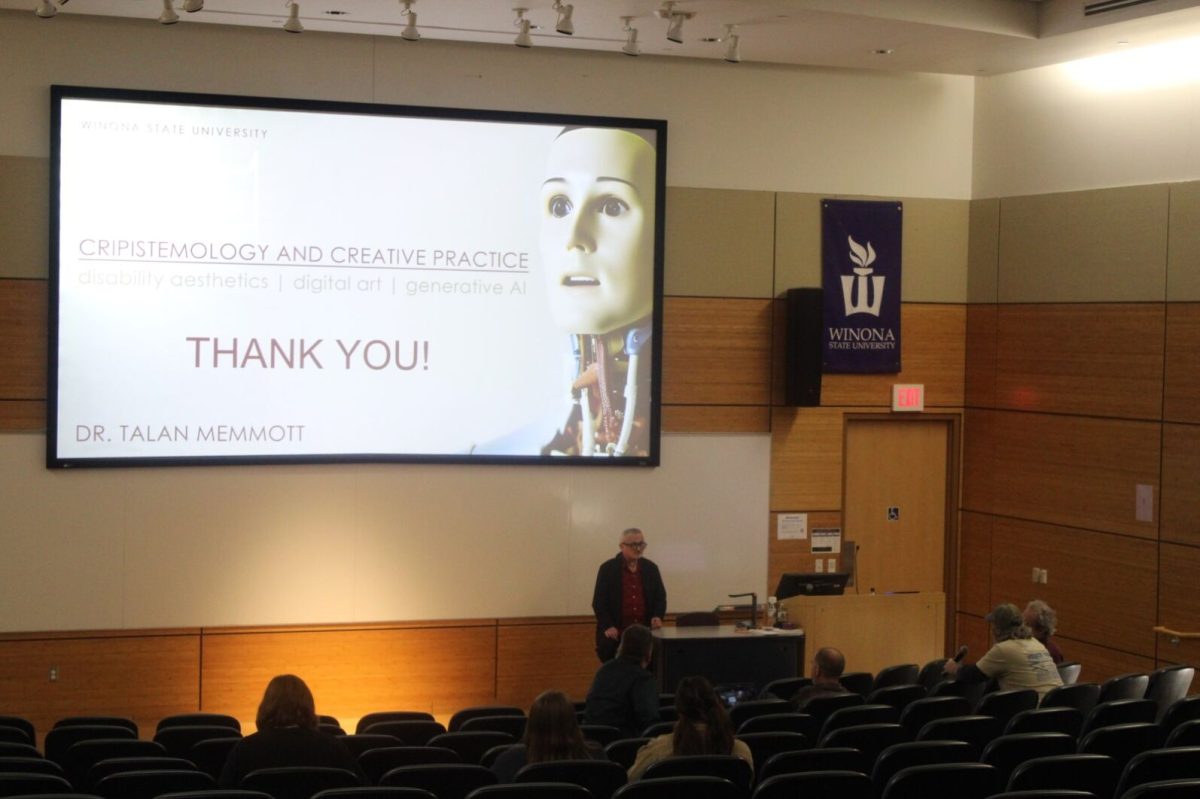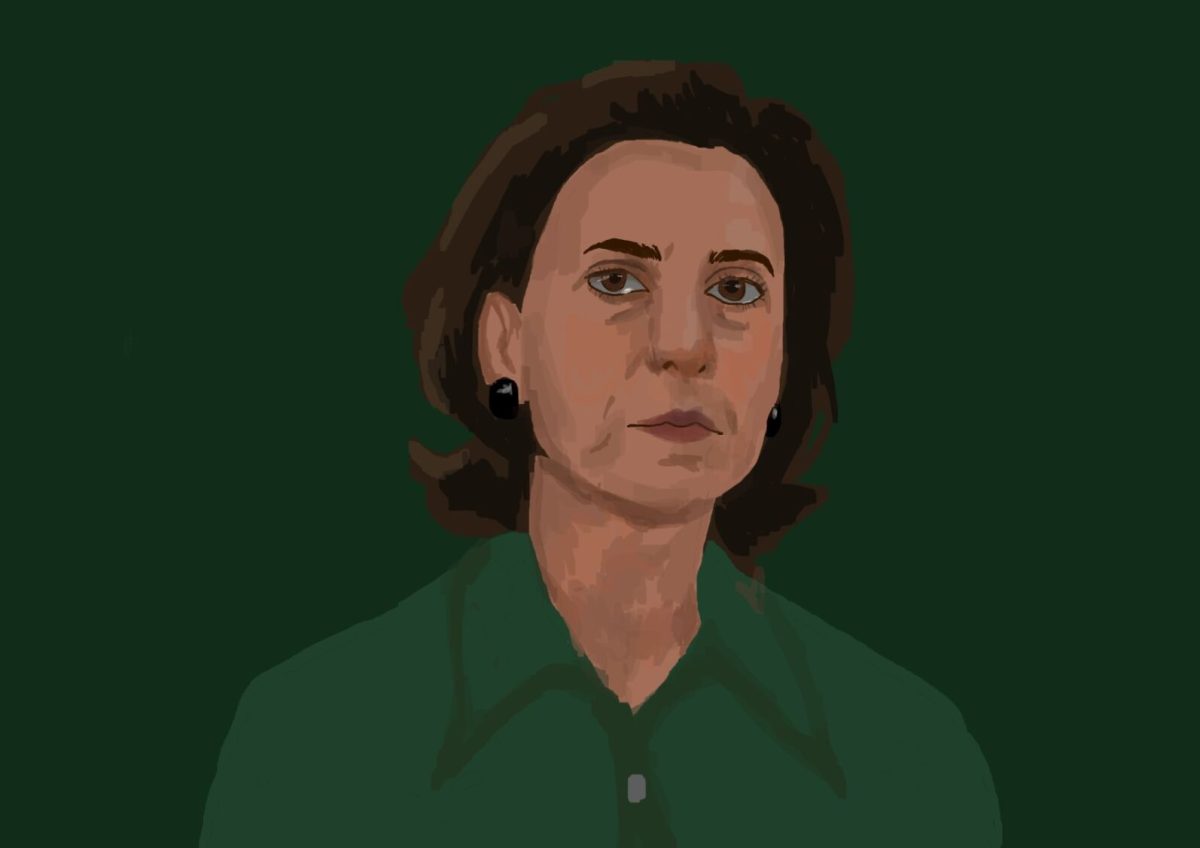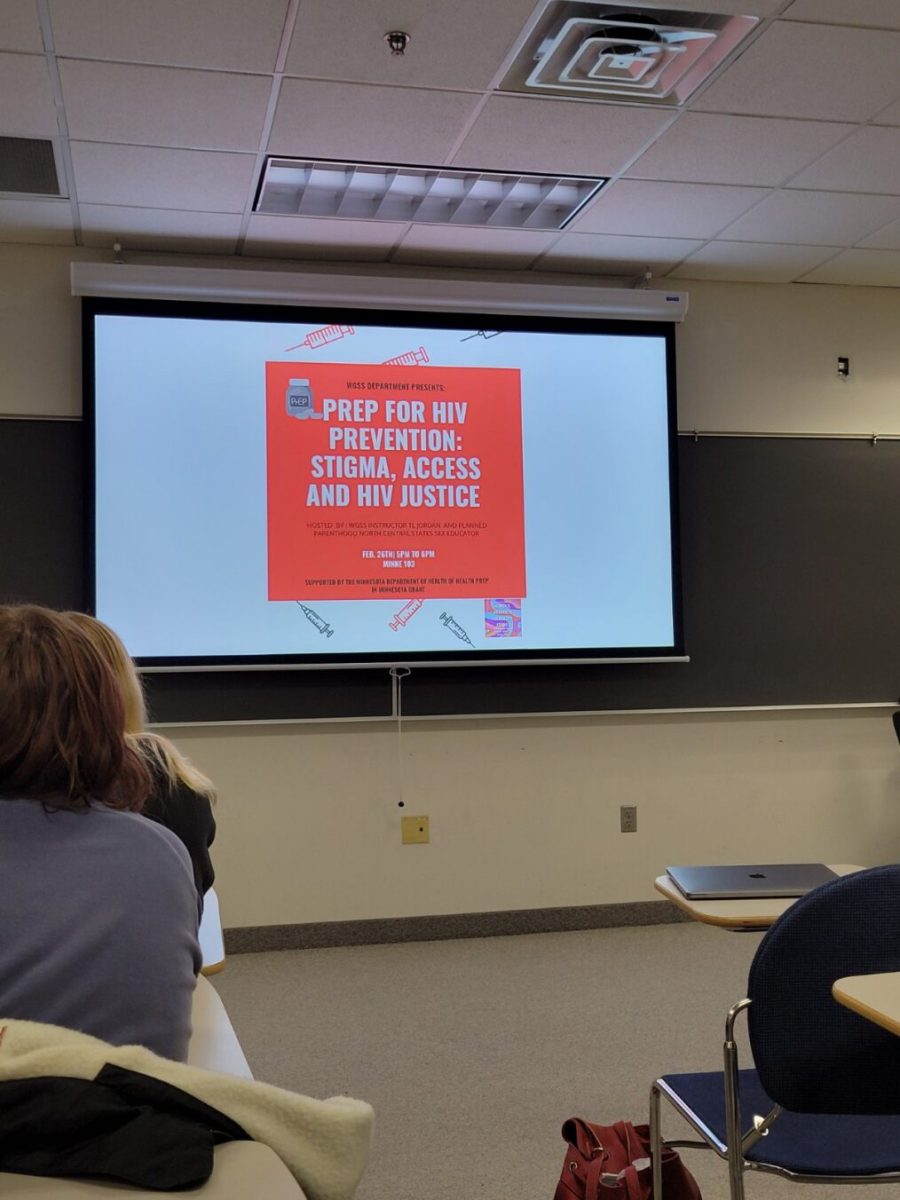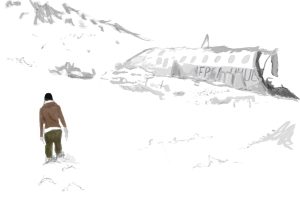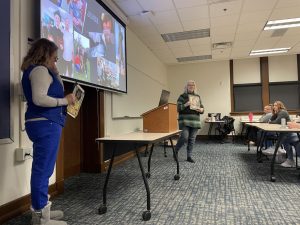Netflix series in review: “The Devil Next Door”
November 13, 2019
A new limited docuseries on Netflix called “The Devil Next Door” looks back at one of the worst parts of our world’s history in the last century with a narrow focus.
This series centers around the trial of a Ukrainian man named John Demjanjuk who settled in the United States.
He was accused of being Ivan the Terrible, the infamous Nazi guard at the Treblinka death camp during the Holocaust. This trial happened in Israel starting in the 1980s.
This series has five episodes, each running over 40 minutes, using footage from the trial and following events, and had interviews with the lawyers and judges recapping these events.
Throughout the series, what was endured during World War ll in Treblinka was either vividly and emotionally described through the choice of words by the witnesses or shown with graphic images of people in immense turmoil or already dead. This is not something we can just forget; this is our history that we can’t repeat.
This is a disturbing, yet fascinating series as it allows the living to speak up towards convicting a man of a horrific crime against humanity.
The series debates who to believe; either believe this supposedly innocent Ukrainian man, or the countless survivors speaking against him. John Demjanjuk never showed any emotion. This could either mean he is guilty, because how could any sane person not feel any emotion for these people describing watching their loved ones go into the gas chambers, or he could be innocent because if he shows any emotion he might appear remorseful for what he has possibly done.
Much of this series is spoken in Hebrew, as the trial was set in Israel. However, the interviews and old new reports from the United States are in English. This might stray some people away as reading subtitles makes casual watching more difficult. If you missed any emotion or body language while reading the subtitles, the interviewees would recollect that same scene, but in English.
Also, because the series used a lot of found footage from the 1980s, interspersed with shots used with cameras of today, it might seem jarring as the shots from the 80s look shaky and pixelated.
However, it gives a sense of time lapsed and the difference shows that what these interviewees remember still hangs vividly in their memory and gives a connection between the witnesses of the Holocaust and the interviewees who were witnesses of the trial.
I would give this series a 3.5/5, because the series gives a face to one of the world’s most tragic events in history.
I would say that at times I didn’t know what to believe, was he innocent or guilty? The difference between old footage and new footage was occasionally jarring, but overall added a layer of perspective that many documentaries about past events don’t get.




